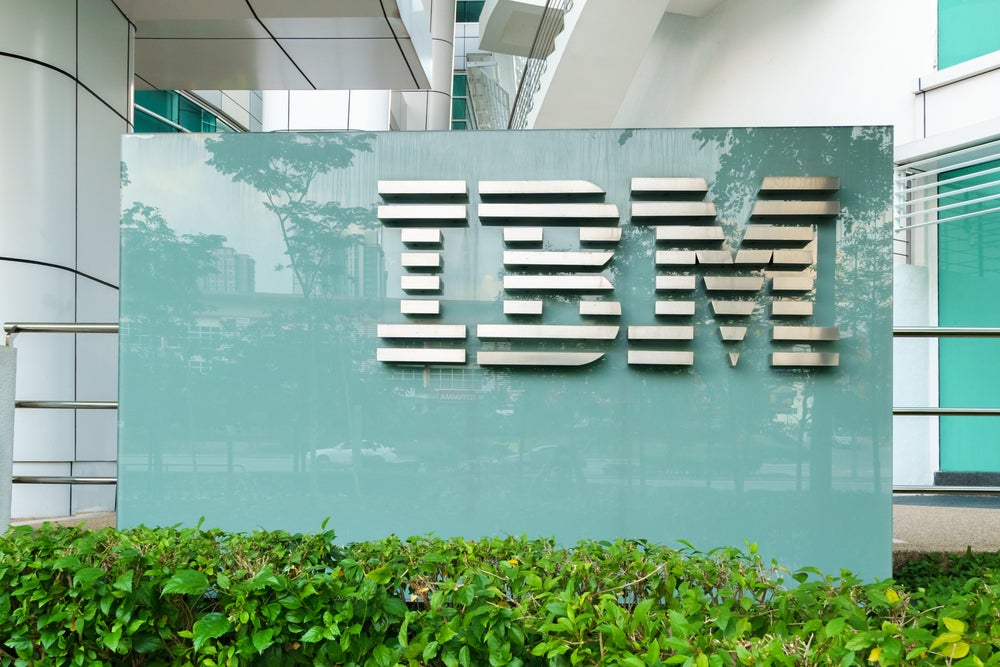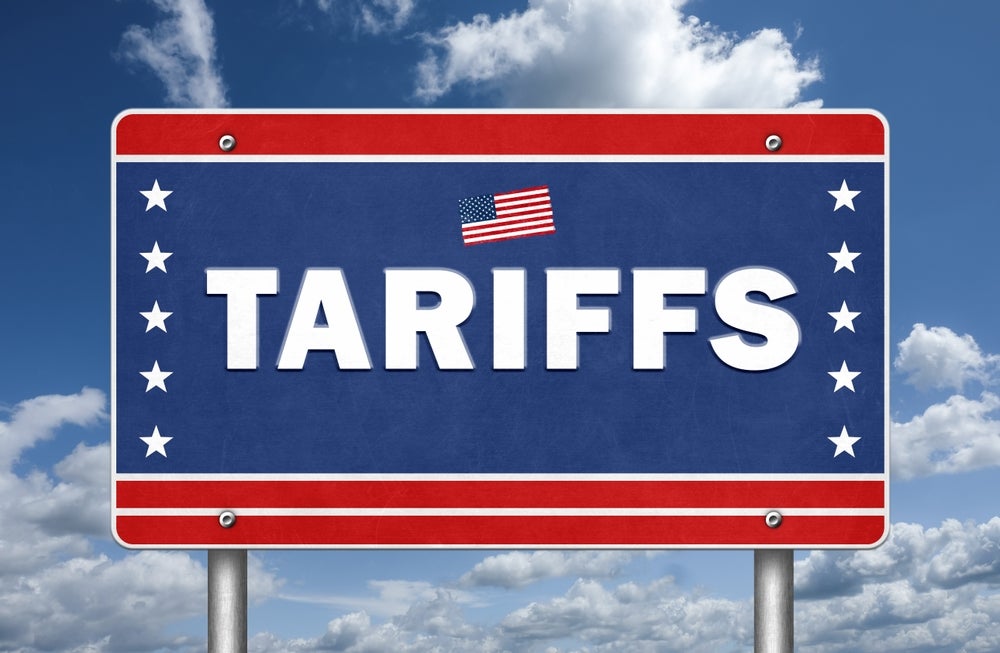Intense regulatory pressure on emissions means companies in all sectors need a net zero strategy.
Many companies within the sports industry have committed to net zero emissions targets across their value chains between 2030 and 2050 but are far from achieving this aim.
According to GlobalData, Scope 1 and 2 emissions, which are generated by business operations, made up 26%, and Scope 3 emissions, which encompasses emissions up and down the value chain, made up 74% of total emissions for sports teams and federations in 2022. Sports teams and organisations are in the early stages of their net zero strategies and must take greater action to reach their targets.
Using renewables to cut Scope 1 and 2 emissions
An easy way to reduce Scope 1 and 2 emissions is to procure renewable energy. Many sports teams and organisations have set goals to source 100% of their electricity from renewable sources by 2030. Football and F1 teams can invest in developing solar photovoltaic plants and other renewable energy infrastructure projects at manufacturing facilities and offices, as well as procuring renewable energy from local sources, like wind farms and solar plants.
For example, Aston Martin is working on a Solar PV project at its St Athan site in Wales, which is anticipated to see 14,000 solar panels supply up to 20% of the plant’s annual demand. This is one element of the club’s strategy to achieve its net zero goal.
Targeting sustainable energy sources, energy efficiency, and the electrification of operations can potentially reduce emissions significantly.
Strategies for sports teams to cut Scope 3 emissions
Fan travel is a major source of Scope 3 emissions. To reduce these emissions, sports teams need to understand how fans travel to and from their stadiums and look at options to make this travel more sustainable. Sports teams that lead in sustainable travel focus on understanding and reducing emissions from fan travel, team travel, and employee commuting. This is achieved by increasing infrastructure at stadiums, offices, and stores to support the adoption of electric vehicles (EVs) by clubs, organisations, fans, and employees.
For example, Tottenham Hotspur FC found that fan travel to and from the stadium on matchdays is the largest contributor to emissions by some margin. As a result, it implemented a sustainable transport plan that aims to boost the use of public transport and cycling. The club aims to limit the number of fans traveling by private car on matchdays to a maximum of 23% of the total, equivalent to 14,250 supporters.
Clubs with a global brand should also be aware of their merchandise emissions. In contrast to Tottenham, for Liverpool FC, the largest source of emissions is merchandise. This is likely to be a significant source of emissions for any sports team with large merchandise revenues. Liverpool FC’s strategy to reduce merchandise emissions focuses on increasing recycled content and the recyclability of products and working with suppliers to decarbonise logistics.
Net zero mandates
Generally, Scope 3 emissions account for the largest portion of sports companies’ emissions due to the number of upstream and downstream business activities and suppliers involved in the value chain for every product.
Sports companies should try to understand which parts of their Scope 3 emissions are the largest, which will help them understand the risk to their value chains from net zero mandates.








